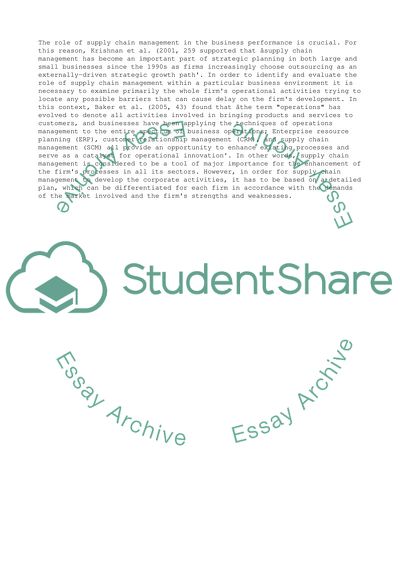Cite this document
(“A Framework for Structuring Drivers Essay Example | Topics and Well Written Essays - 2750 words”, n.d.)
Retrieved from https://studentshare.org/business/1540424-a-framework-for-structuring-drivers
Retrieved from https://studentshare.org/business/1540424-a-framework-for-structuring-drivers
(A Framework for Structuring Drivers Essay Example | Topics and Well Written Essays - 2750 Words)
https://studentshare.org/business/1540424-a-framework-for-structuring-drivers.
https://studentshare.org/business/1540424-a-framework-for-structuring-drivers.
“A Framework for Structuring Drivers Essay Example | Topics and Well Written Essays - 2750 Words”, n.d. https://studentshare.org/business/1540424-a-framework-for-structuring-drivers.


